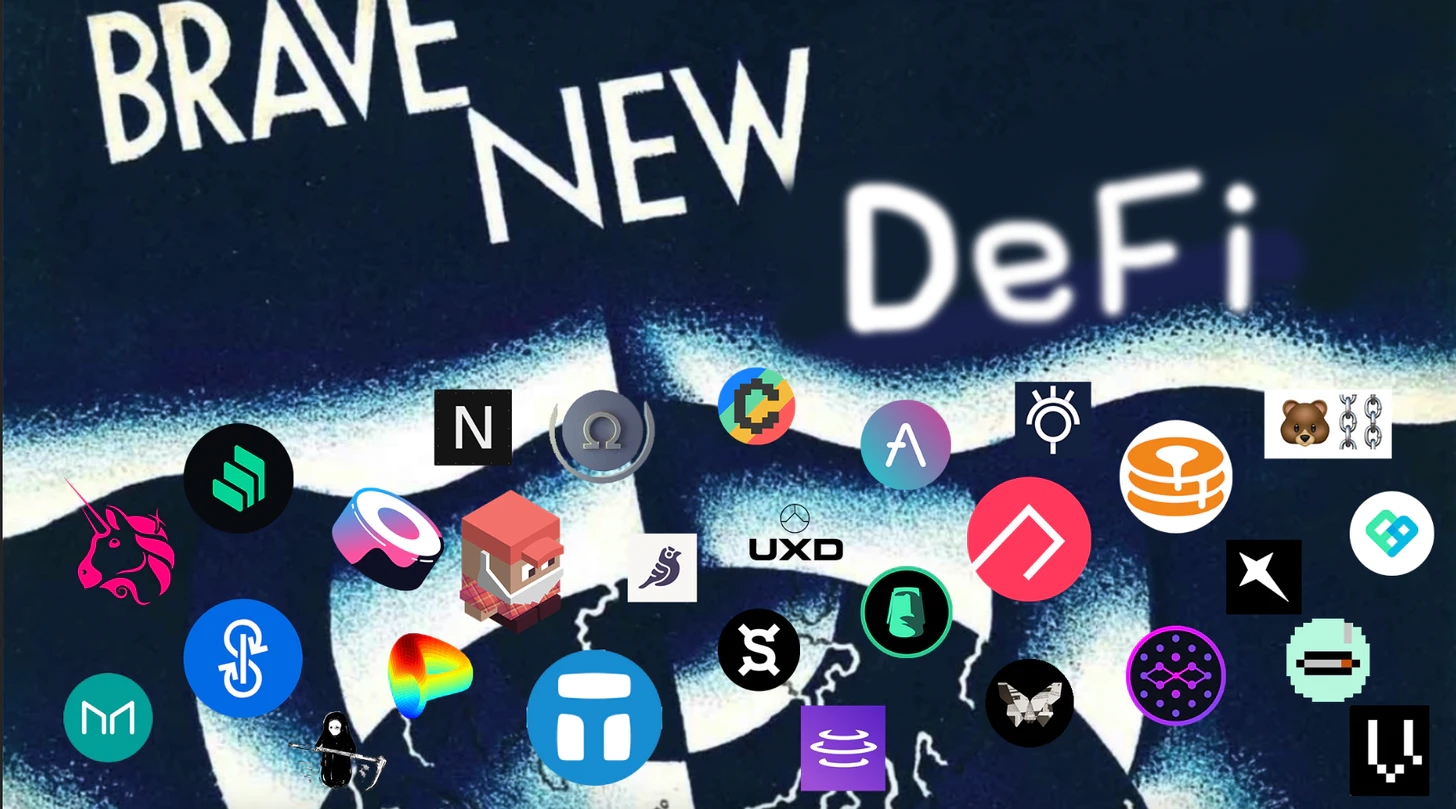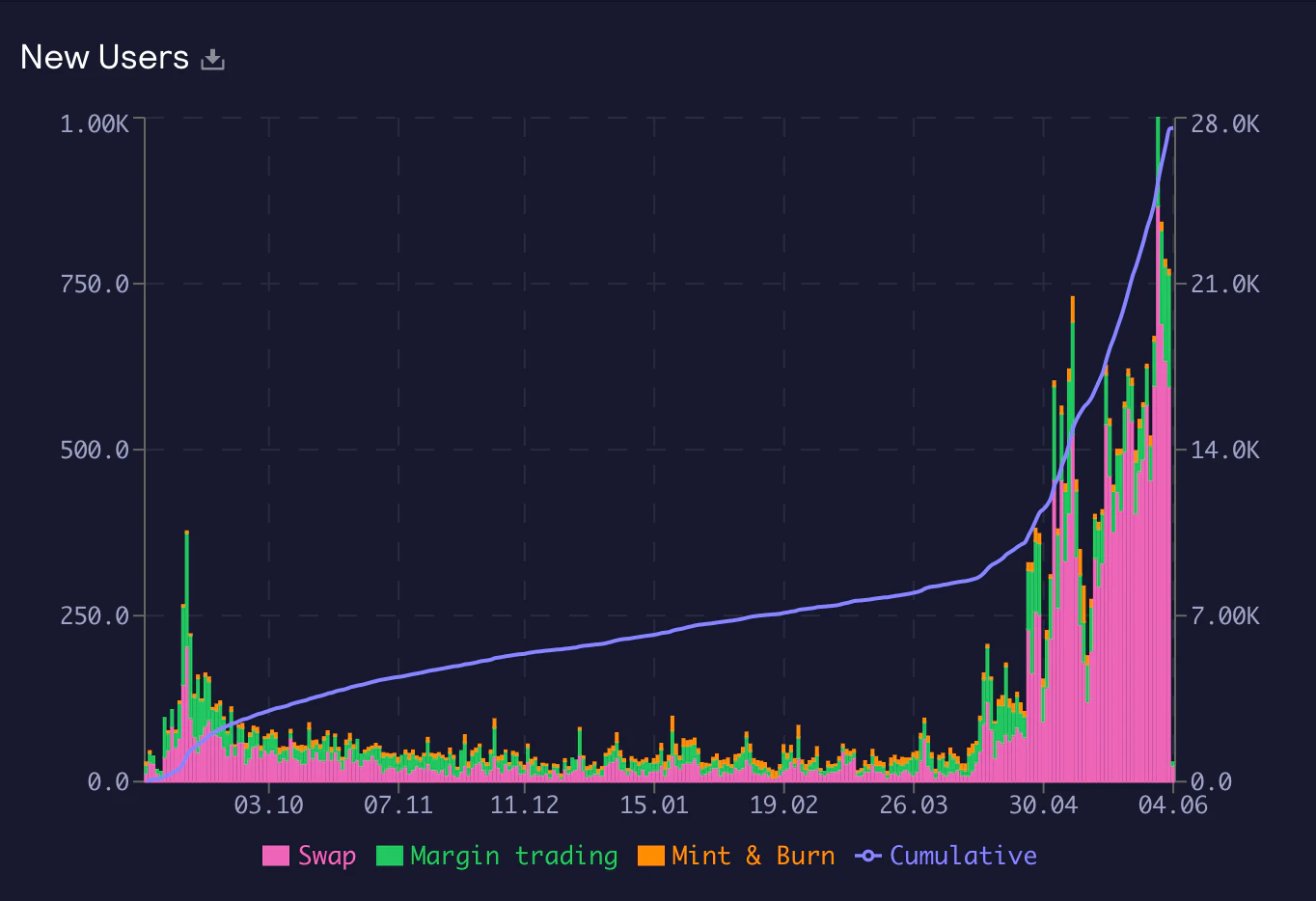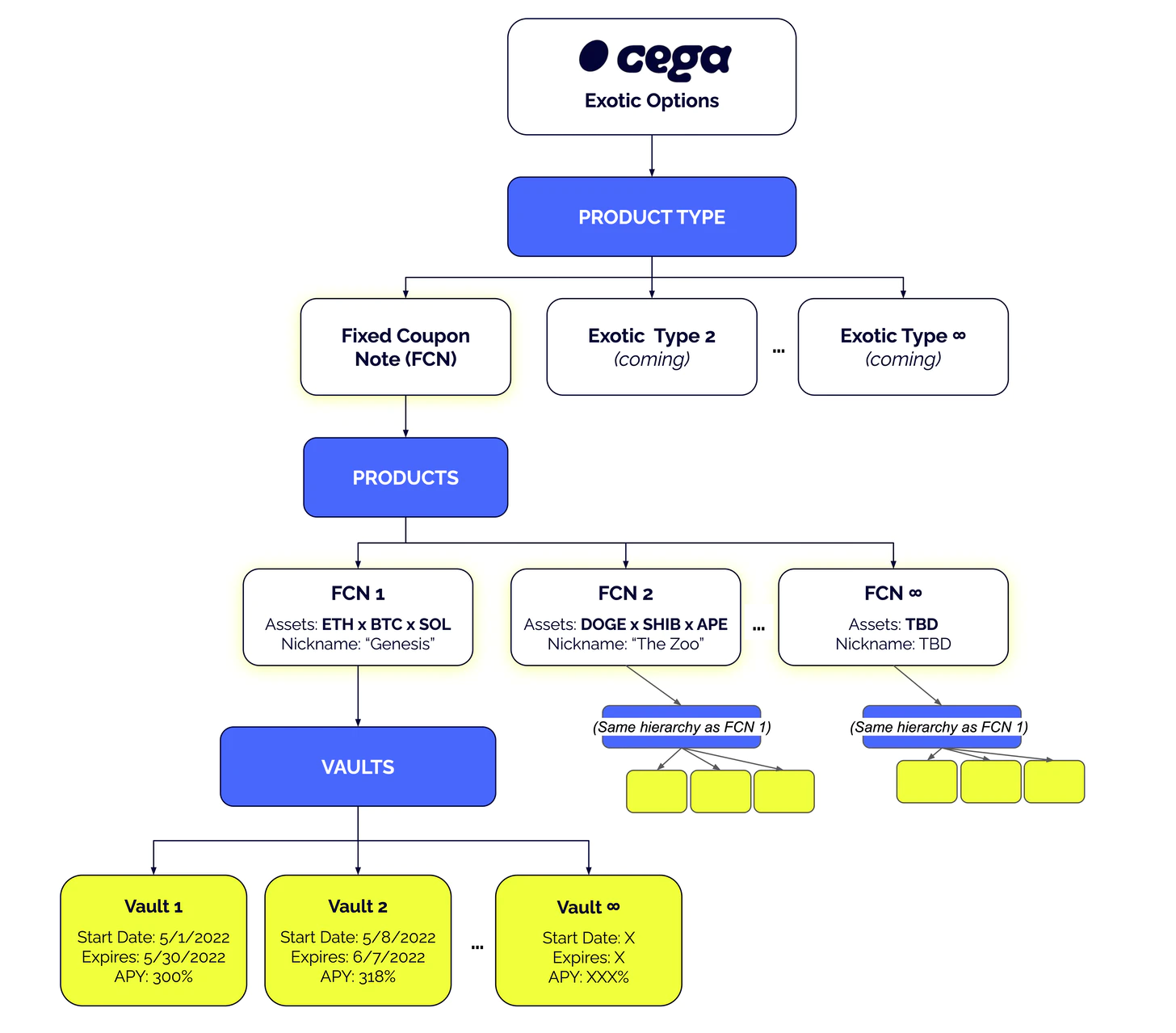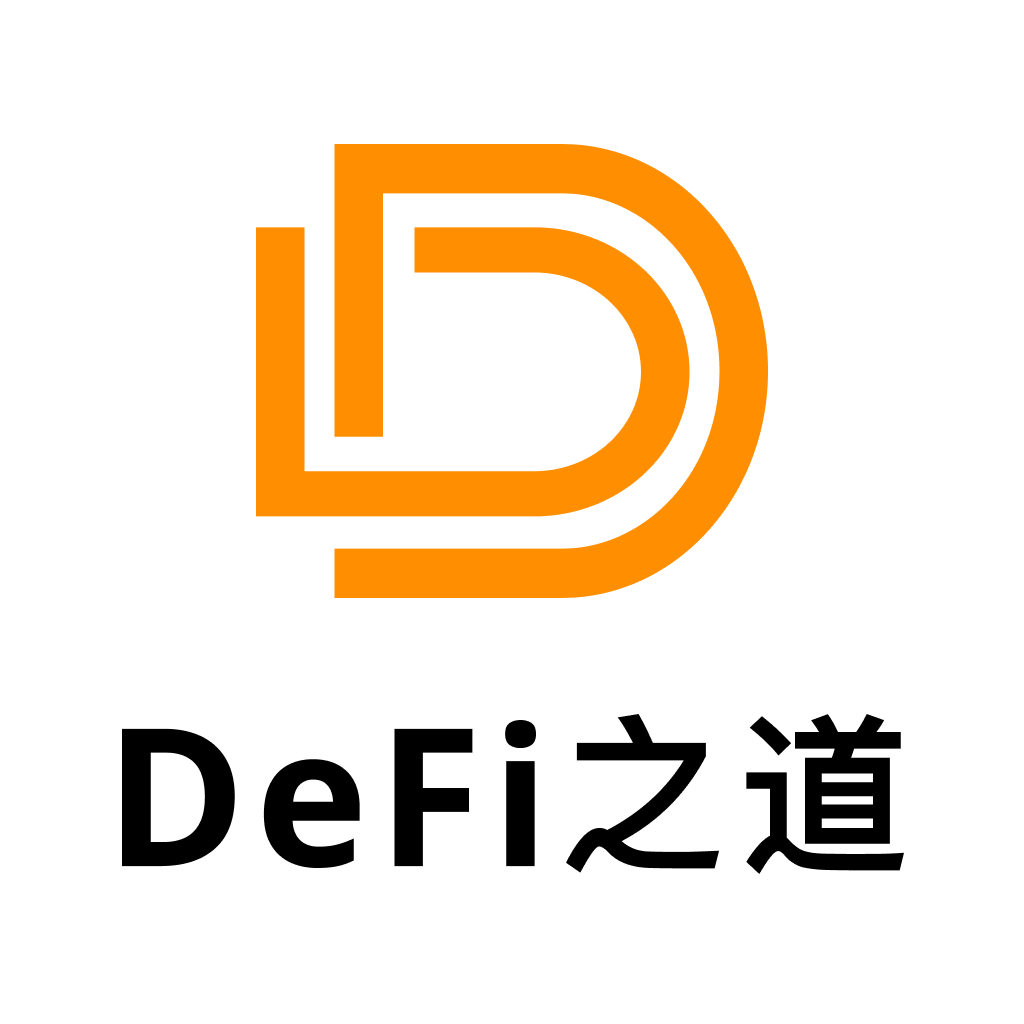Talk about the status quo of DeFi and its future direction: Can it break out again in the next cycle?
introduce
Compilation of the original text: The Way of DeFi

introduce
I have positions in some of these tokens, but legally I cannot trade them in my favor. None of this is financial advice, and I believe many of these tokens will not perform as we would hope. So please invest your own way.
It's been a few hours since my last post, but it looks like my writing block has gone away. I discussed the crypto market in a very brief article, and now it's time to write something more substantive with more data to support my claims. At the time of writing, DeFi TVL is around $106 billion, down from its peak of nearly $250 billion. The top five protocols are Maker, Curve, Aave, Lido, and Uniswap — five protocols currently known in crypto-native as “blue chips.” How can it replace the top five and allow altcoins to capture Maker's dominance? The goal of this article is to explore the current state of DeFi to determine where it might go in the future.
To avoid confusion, I will mention some categories in this post that may not quite fit the case for DeFi, but I have chosen to include them because I believe they will eventually become synonymous with what the masses refer to as DeFi. And I'm not going to mention all the protocols inserted into the article, dear reader, it's up to you to explore - just as a bear market homework for you.
Many losers, few winners
As DeFi grows, we see Ponzi games becoming more complex/stealthy, masking multi-layered economic alchemy designed to rob traders of valuable funds. Whether it's the food yield farming of DeFi's distant past, the OHM fork of DeFi's relatively recent past, or the long-running Ponzi scheme that's hard to quell now, DeFi is built on the back of casino-like trends mixed with economic structures that Will bring Bernie Madoff (the greatest fraudster in American history) out of his grave.
After the collapse of UST and Anchor Protocol, TVL disappeared from Terra, giving Ethereum about 65% dominance in DeFi, while Binance Smart Chain and Tron did not follow closely. How did this happen, and why did funds continue to flow back into Ethereum despite its gas fees and competition from L1 alternatives like Solana, Avalanche, and Polygon? The answer is not that simple, and the truth is that I don't have many answers. My best guess involves DeFi being created on Ethereum and more or less destined to spend its life on-chain beating all other chains. Ethereum has seen its L2s like Arbitrum, Optimism, zkSync, and Starknet grow in popularity and usage, which partly accounts for the almost inevitable possibility that DeFi TVL will still end up being 100% concentrated in internet casinos.
DeFi TVL is currently represented by some fairly reputable protocols (see: top 5 mentioned), which seems pretty responsible if you only stay in the top 25 or so. In the past, we started to see true Ponzi schemes emerge. If you've searched for any defillama in the past few weeks, you'll have noticed that many protocols are experiencing extreme TVL fluctuations. 25% inflow in one day, -40% outflow in the next day, -65% outflow in the past 7 days - whatever you can name, it can appear on DeFi. While opportunities are lacking for those hoping to (possibly) earn long-term yields, things look pretty bleak at the moment. With luck, many protocols have stable yields in the 3-6% range, after regularly running above double digits for several months. If we can't provide liquidity for our precious stablecoins, what can we provide?
borrow money
borrow money
Cross-chain
Derivatives
Cross-chain
"But you can borrow a protocol like Aave or Compound and—"
borrow money
borrow money
I think we'll see massive increases in TVL for protocols like Maple, Goldfinch, and Clearpool as trust among more crypto-native protocols declines after the unfortunate Terra event. Yes, I mean DeFi will become less decentralized. It sucks, but if you have a "glass half full" perspective, it can be fine. Maple has outperformed many of its peers in terms of TVL strength, token price, and relative conspicuousness (a metric I've made up), while a plethora of protocols have been scrambling to claw back their precious TVL. The same goes for Goldfinch and Clearpool, but Maple does it better, as simple as that. By the way, you can still make solid double-digit gains on Maple.
The lending market is huge because many people have a lot of money but can't always use it - borrowing against your collateral is one way. The growth of Aave and Compound is due to the inherent need of crypto whales to get more money, and the deposit incentives got these magic funds in the first place. This model largely contributes to the current state of DeFi, as 99.9% of protocols must first initiate LP incentives in order to attract any traction/attention/deposits. This isn't always a bad thing, but it does prevent a lot of crap in crypto from being taken out, since farm and dump games can be played fairly frequently. Other than making some people money, some a lot of money, and many people no money at all, DeFi doesn't really have a major use case right now. This could be due to impermanent losses, poor token economics, lack of PMF or some combination of the three, among other more qualitative factors. Oh, TradFi has trillions of dollars, and only 1% of its followers go into DeFi, and we will all be rich. Go ahead.
structured products
Structured products are an interesting story mainly because of the way they have been marketed in DeFi thus far. DeFi is all about yield, and structured products are fundamentally designed to deliver high yield, it’s just hard to make them stick. Of course you could use one of the protocols and see a theoretical yield of 42% on ETH cc or csp - but why would you do that in such a volatile market where you are obligated to buy if it drops or caps your price Significant upside? Yes, I know these products are mostly used for hedging, but crypto is still in the early stages of its life cycle and these will become more important as time goes on. Regardless of their utility, it can be seen that they do have a place in the current market. If you can't get what you need from anywhere else, structured products may be your friend.
Maybe we won't see a large number of over-degenerate structured product strategies, but the probability of seeing them is still quite high. If crypto goes into the next cycle and structured products are still around (tired of entering structured products every ten seconds) there will be plenty of opportunity to combine ponzi economics and theta into a weapon of package destruction for millions of retail investors . Imagine if a DeFi founder made > $20M in the next month &&If he sells his project at a price of < 25 million US dollars, and at the same time sells the CSP on the project token, hoping that a large fund will bail out user funds at the same time, then this possibility is possible.
This is what the casino GCR often cites - embrace it.
Derivatives
Derivatives
Crypto has struggled to see many of its on-chain options protocols take off in terms of usage and TVL, leading to a revival of protocols like GMX, dYdX, and Drift. Despite a depressed market and a general lack of liquidity, GMX has seen a frenzied influx of new users. Check out this chart, it's actually going up:

GMX is not alone in this regard, as the volume of perpetual transactions has been doing well, not to extract all data here.
On-chain business has not been business as usual, but the respective tokens of these perpetual trading platforms have held up well despite the chaos surrounding most other altcoins. Projects like dYdX have very bad token economics and good usage, which means that it might be foolish not to buy tokens as it will likely be acquired by bigger players as a "value" play. We have DeFi blue chips, why are there no permanent blue chips? Protocols like Drift, Perpetual Protocol (it's what it's called), and 01 Exchange are all very interesting and attracting a lot of interest, they need to maintain their transaction volume, keep users happy and make sure they don't go bankrupt.
Looking at other spin-off protocols, there are a few under our radar, like Cega, Vega, and Zeta (stupid names, I know). Many of the relatively new on-chain spin-off platforms don’t have the same usage as some of the big names I mentioned, but they offer some really cool, valuable, and unique offerings for users willing to venture into uncharted territory. As an example, take a look at this image from the Cega Finance documentation:

With the above in mind, I think it's fair to assume we'll see more of these products in the cryptocurrency space. This is more of a structured product, but it's a derivatives platform and derivatives are linked to structured products - blah blah blah, doesn't drastically change the structure of the article - I hope you get the gist of it. Going back to my point about options, there is not enough money in DeFi to make this happen at a satisfactory scale. There isn't much reason for market makers to take the other side of a trade, as there are usually more monetary-attractive ways to make money in markets that don't involve decentralized options protocols. Does this mean we will never see options for our precious on-chain gems? No, it won't happen instantly like we want.
Cross-chain
Cross-chain
I decided to include a cross-chain related section in the article (very brief, saving most of it for a future article) as it directly coincides with the growth of DeFi. Over the course of 2021, we've seen "competitive L1 seasons" play out time and time again. Seriously, the same script was run 10 times with almost no failures. Ethereum’s dominance in DeFi TVL was further eroded as a combination of upward-only L1 tokens, ecosystem funds, and bullish VCs led to the meteoric rise of TVL in everything from Avalanche to Fantom.
While many of these chains have now been beaten back to their original form (see: Fantom), there are still plenty of reasons to be bullish on a multi-chain future powered by protocols like Synapse, LayerZero, Wormhole, Axelar, Celer and many others I don't want to list one by one listed. Many of these make a lot of money in exchange fees, hold huge TVLs and provide services that are critical to crypto in its current state - there isn't much to dislike about bridges and features that enable dApps to be built natively on bridges. Not to mention that many of these cross-chain solutions plan to transition to their own chains at some point in the near future, leading to a potential "competing bridge/cross-chain as underrated L1 season" (yes, of course I made this up ), which can send some of these tokens and future tokens of these protocols in a manner similar to competitive L1. But it's a major dream of mine that I hope we can all share.
looking to the future
looking to the future
Original link



